The Beatles’ First American Show: The Gig They Dreamed Of
by Colin FlemingGiven that just about everyone who loves rock and roll has a gig they’d love to go back in time to attend, it makes sense that every rock and roll band has a dream show. For The Beatles, that had to have been February 11, 1964, when they performed their first concert in mighty America, a land of cooler-than-cool style, modernist vehicles and all of the rock and roll that actually mattered.
Touching down in the States on February 7, 1964, they played The Ed Sullivan Show on February 9, but that was a TV studio—the stuff of cinematic moments to come in the likes of A Day’s Night. A proper gig in an arena stuffed with fans was something else. And that gig taking place in America’s capital was something else again, the stuff of wildest dreams coming to fruition. There was no way the Beatles weren’t going to give the show of their up-until-that-very-moment lives.
The group traveled from Manhattan to Washington, D.C., the morning of the concert on account of a winter storm halting air flight. They gave a press conference care of WWDC—the station that could now proudly boast being the first in the country to play a Beatles record—and then checked into the Shoreham Hotel.
It’s difficult to overstate what this day would have meant to these four young men. England, in their view, was a small, sheltered, insular place. Its music studios were not equipped for rock and roll. No rockers that the Beatles themselves listened to came from their foggy, damp isle.
America was where rock and roll was at, a place so big as to be a world unto itself. The Beatles romanticized the States. Ringo Starr had wanted to be a cowboy. George Harrison had designs on being like Carl Perkins. Paul McCartney wanted to be Little Richard. John Lennon wanted to be the baddest rock and roller on the planet, but in as close a manner as possible to Elvis, unrealistic as all of the Beatles would have regarded reaching those heights.
In a time just after Kennedy and Camelot, America remained a version of the latter for the Beatles, with a spritzing of Utopia. This was a fantasy land that was somehow real, and where the Beatles themselves were now the sensation of the moment and one, it turned out, with staying power.
And so came the night of the big event—fitting language, given that this first American Beatles gig was to take place at the Washington Coliseum, a boxing arena, in front of 8,000 screaming, jellybean-tossing (on account of the Beatles expressing a fondness for the candy) fans. Jay and the Americans (having replaced the Chiffons, who couldn’t make it because of the snow), Tommy Roe and the Righteous Brothers opened, and then, at half past eight, it was time for the bill-toppers, and a dream come true.
Related: When the Beatles had the entire Top 5 to themselves
They opened, charmingly, with a cover of Chuck Berry’s “Roll Over Beethoven,” George Harrison singing lead. This strikes us as amusing now: First U.S. show, and Harrison kicks it off? We must remember that the Beatles weren’t sure how long they were going to last. Everything that was happening over the course of these days must have registered to them as surreal and likely temporary. How could any such thing be sustained? You want to make a good impression, though, and America was the land of the man we might call Mr. Maybellene, so why not serve the Americans something of their own?
The number is tight, but it’s so jam-packed with energy that it feels like an achievement that they were able to keep it together. This wasn’t nerves, to the Beatles’ credit, but more like a super-force of cumulative adrenaline unleashed on guitars, bass, drums and in voices.
But you know what? “Roll Over Beethoven” registers as soporific after the fact when compared with the performance of “From Me to You” that follows. It is so apparent that both Lennon and McCartney cannot wait to have their turn to sing—on a shared lead vocal, as it were—that it’s as if they’re in a race to see who can sing the first note, ultimately hitting it at the same time.
The energy doesn’t let up throughout the band’s 12-song set, and at times it rises higher still, as with the groove they lock into during Harrison’s guitar solo—an all-out punk affair, with a side of Starr on display that we encounter nowhere else—on “I Saw Her Standing There,” or the thrilling climax of Lennon’s solo vocal turn on “This Boy” before the three-part harmony resumes. Lennon extends himself sufficiently far in said section that you’re left at a loss to explain how he had the breath to resume singing with his mates as quickly as he did, but the Beatles had shifted into their version of higher-power mode.
Starr’s drums were on a riser, and every few songs roadie Mal Evans would come out and help rotate the awkward contraption (with enthusiastic assistance from the drummer himself—there’d be neither pride nor a fall this night) so that another section of the audience could have a straight-ahead view. Yes, this was America, but there was still something ramshackle about the affair that had to have felt like the Cavern back home, or the Indra Club in the pre-fame Hamburg days. Perhaps the Beatles, as they played, each had thoughts pass through their minds of seeing their rock and roll heroes at the Empire Theatre in Liverpool.
CBS filmed the concert and the music was available on a jagged-sounding bootleg—which, if anything, made that guitar solo in “Roll Over Beethoven” come off as more punk-ish—before a superior “board” tape was unearthed, and it is one of the jewels for the Beatles fan in the know.
If someone said to you before you heard that tape that the Beatles believed this was the last show they’d ever play and so they wanted to make it the best, most intense performance they could, you’d listen and have no problem accepting that this may have been true.
Watch the trailer of the Scorsese-produced 2024 documentary, Beatles ’64
At the same time—or back then, at that time—one of the finest shows on American soil had just been played, and by the guys from somewhere else who’d only gotten here four days ago. You could say it was both a pretty redoubtable start and a dream made real.
Watch the full D.C. show
Related: Remembering another 1964 show, this time in Vancouver
McCartney has documented The Beatles’ 1963-64 days in a photo book, available here. The Beatles’ “red” and “blue” albums were upgraded in 2023. They’re available in the U.S. here and in the U.K. here. The Beatles: 1964 U.S. Albums In Mono are in a 2024 eight-LP boxed set available in the U.S. here and in the U.K. here.


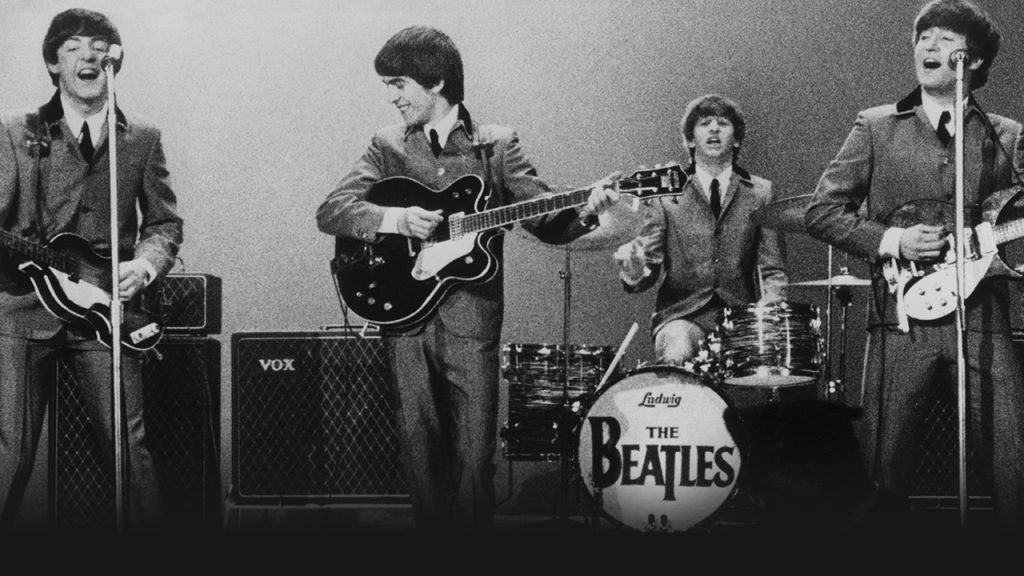
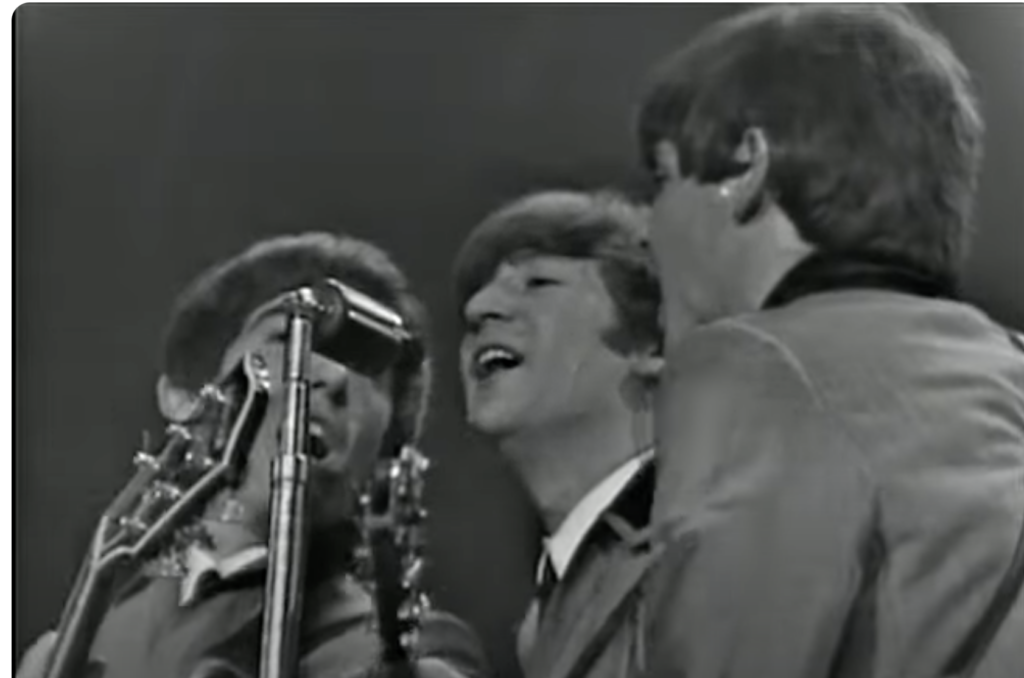
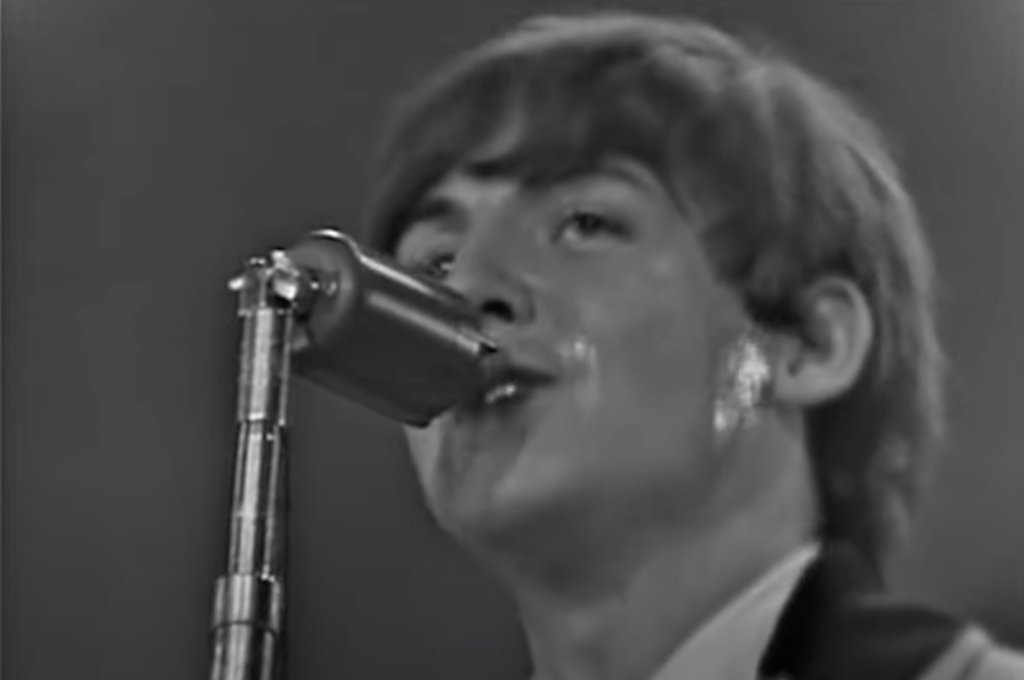
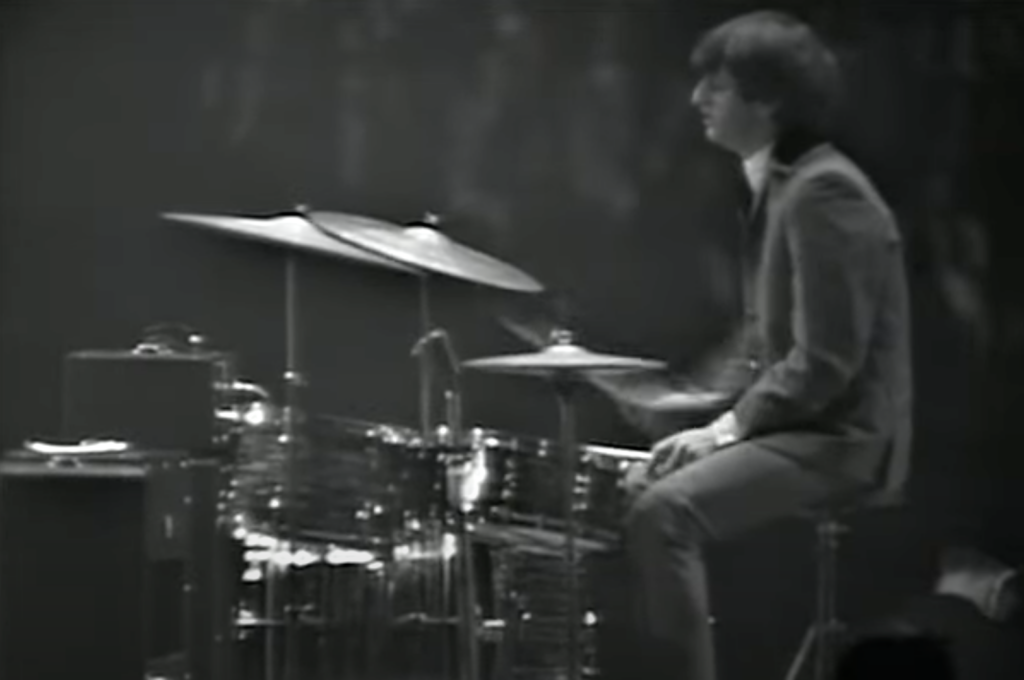
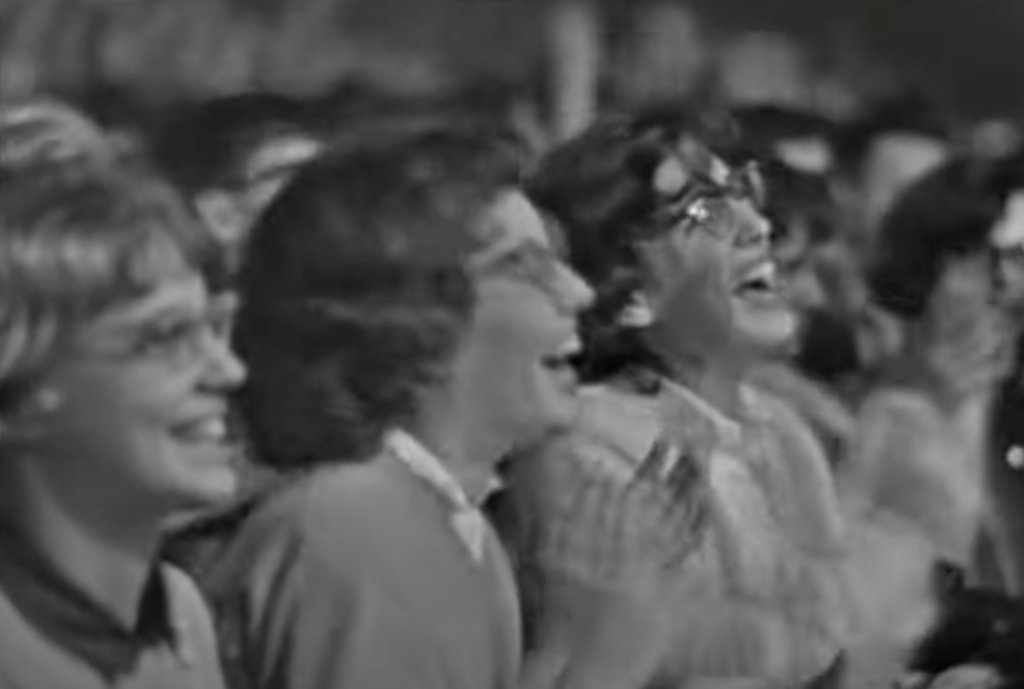
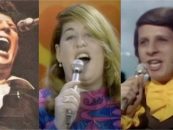

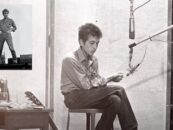
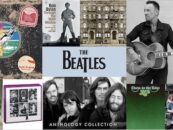

5 Comments so far
Jump into a conversationI wasn’t there for The Beatles first concert but I was for their last, August 29, 1966. I will never forget it. What a wonderful time to be young.
I was and still am a Beatles fan and have never seen that concert before! What a great piece of musical history for future fans to see. It will make them realize that 4 guys (3 guitars and a small drum kit) changed the world of music as we knew it. Live musicians who were excellent at their craft with amazing harmonies! I had to laugh tho…poor Ringo virtually had to set up his own kit and spin the table around on his own! And the other guys adjusted when the one mike wasn’t working! As young as they were, they were pros all the way! 60 years later and I still know all the lyrics!!! (I just turned 69). Long live the Beatles! Rock on, everyone. Peace to all!
excellent summary of the evening’s event
Love your post
I’m 70 and agree completely!
I WAS THERE!!! I AM 77 YEARS OLD NOW AND I REMEMBER EVERYTHING! WAS A WONDERFUL NIGHT!!!